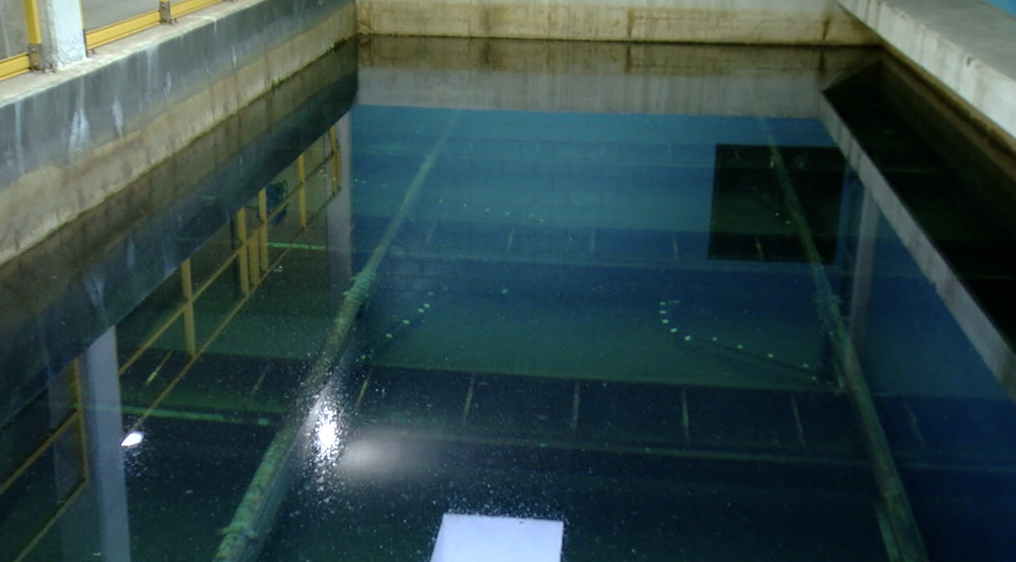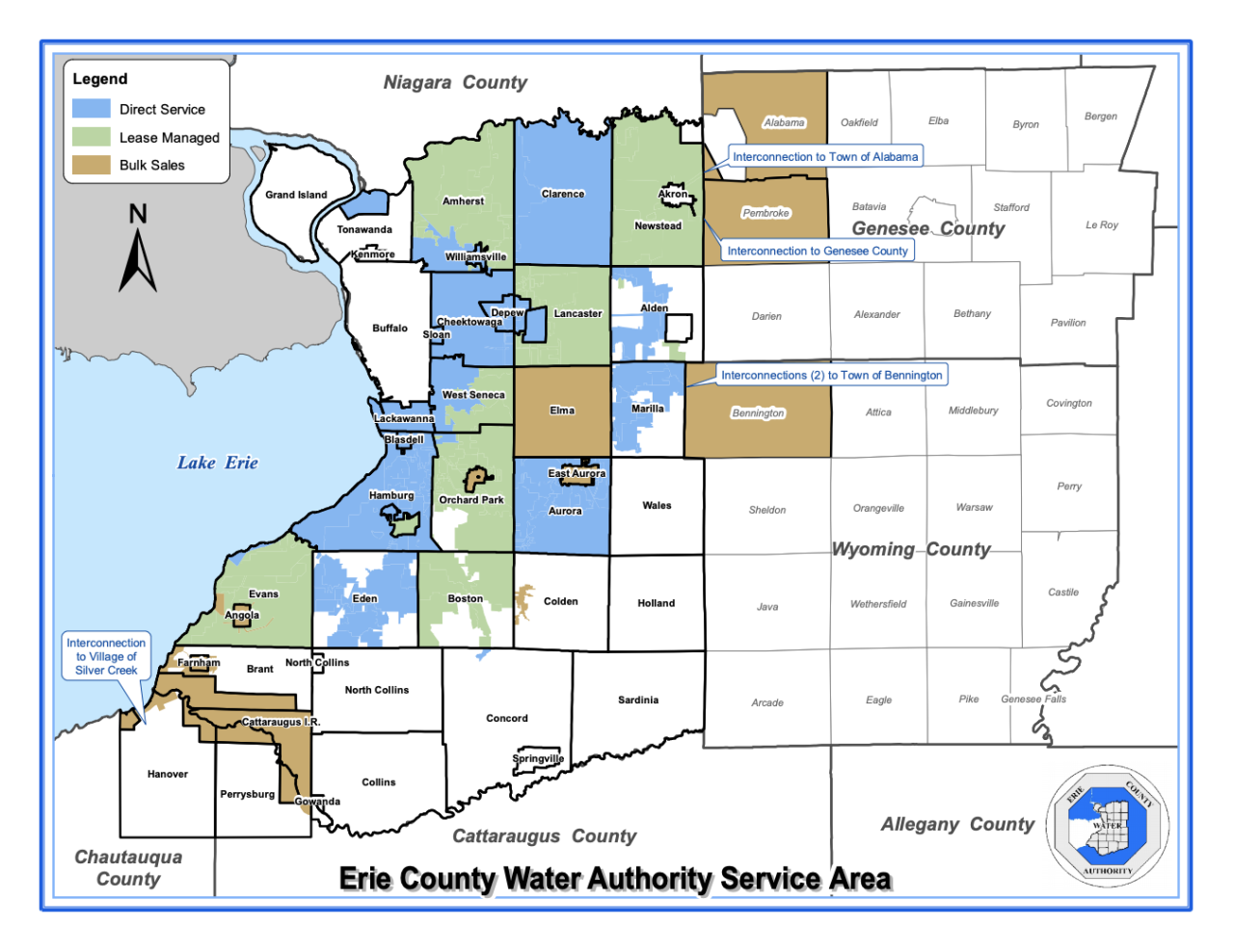TONAWANDA, N.Y. (WKBW) — It starts in either Lake Erie or the Niagara River, then water is pumped to one of the Erie County Water Authority's water treatment plans. 7 Eyewitness News toured the ECWA's Van De Water Water Treatment Plant in Tonawanda to learn how water is prepared to enter your home.
Once water enters the treatment plant from the Niagara River, the ECWA adds a coagulant to the water. The coagulant causes particles in the water to bind together, making them easier to remove.

The next step is called flocculation. Large paddles slowly stir the water to get unwanted particles, like dirt, to bind together.

"When we say dirt, it's a very broad word. Yes, you have your clays and your silt but you also have the pathogens that are in there...The things we have to remove to make the water safe," David Patton, a senior production engineer at the ECWA, said.
Once those particles bind together and become larger, the water moves to the sedimentation stage. The water travels to a large tank where gravity takes its course.

"The water is flowing through here so slow that those dirt particles are just falling out," Patton said.
The water then travels to the filtration stage where the rest of the dirt is filtered out.

The ECWA is treats around 20 to 40 million gallons a day depending on the season. After 90 hours of use, each filter is cleaned through the back washing process.

The ECWA adds fluoride to the treated water, adjusts the PH, and then the water heads out of the building. The water heads from the treatment plant to 3,600 miles of pipe that will bring the water directly to your home.
"A lot of people don't realize just what goes into treating the water that comes into their home. The think that they just open their tap and it's coming out of the lake," Michael Wymer, a senior production engineer at the ECWA, said.
In order to keep that process flowing, the system needs to be constantly updated.

"Some of our infrastructure, our piping, are as much as 100 years old. That useful life is pretty much used up, so these are very important to keep service running," Russel Stoll, chief operating officer of the ECWA, said.
The ECWA is currently replacing 7,600 feet of an 8 inch cast iron line installed in 1926. The project costs about $3.2 million.
"We've had a number of leaks on that over the years so it's time to upgrade that so we're replacing it with a ductile iron 12 inch water main," Stoll said.
At nearly every point in this process, the ECWA is monitoring water quality.
"We test the water in accordance with the EPA and state health department mandates. We have daily testing for bacteriology. We test quarterly for chemicals like disinfection byproducts," Sabrina Figler, the director of water quality at the ECWA, said.
The ECWA provides three different types of service in Western New York. This map provides a break down of those types of service:
- Blue: Direct Service - The ECWA is responsible for both the water and infrastructure.
- Green: Lease Managed - The ECWA maintains the infrastructure.
- Brown: Bulk sales - The ECWA provides water but does not maintain infrastructure.
- White: The Erie County Water Authority does not service the white areas.





